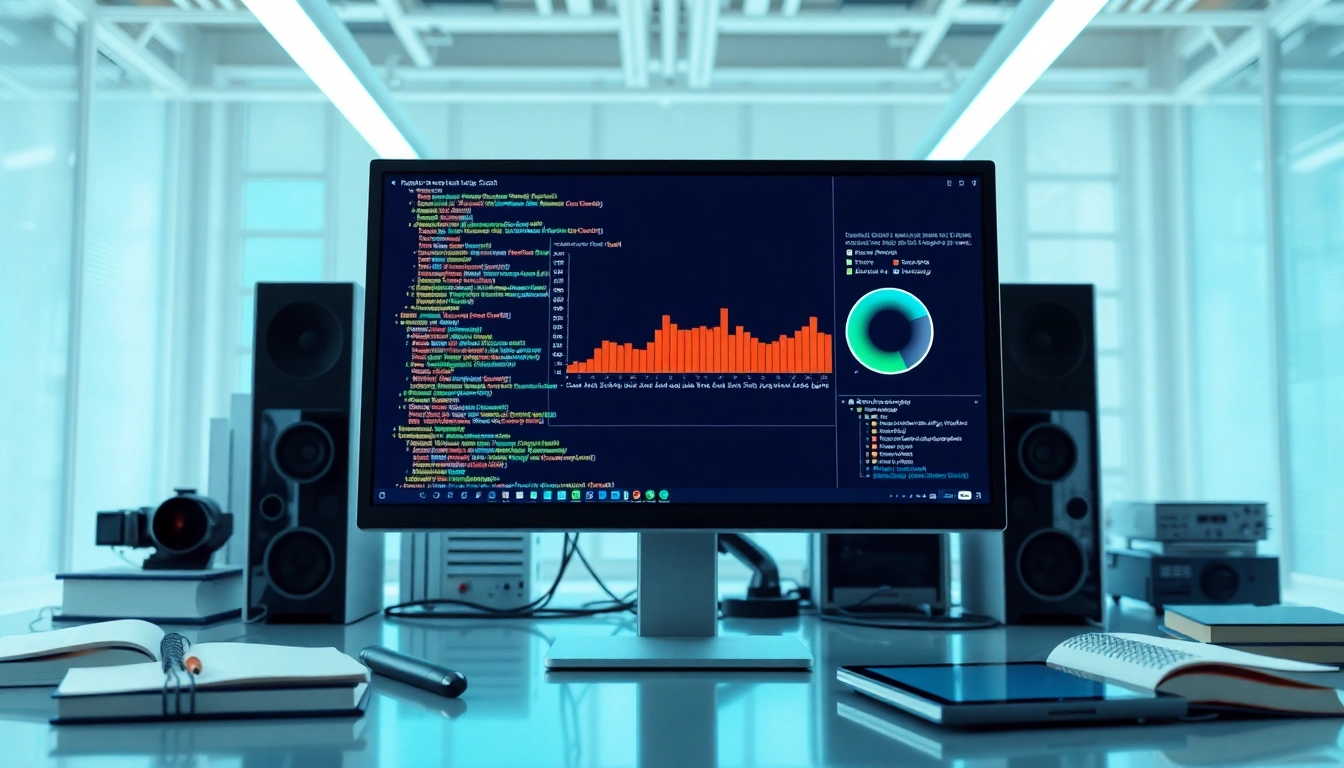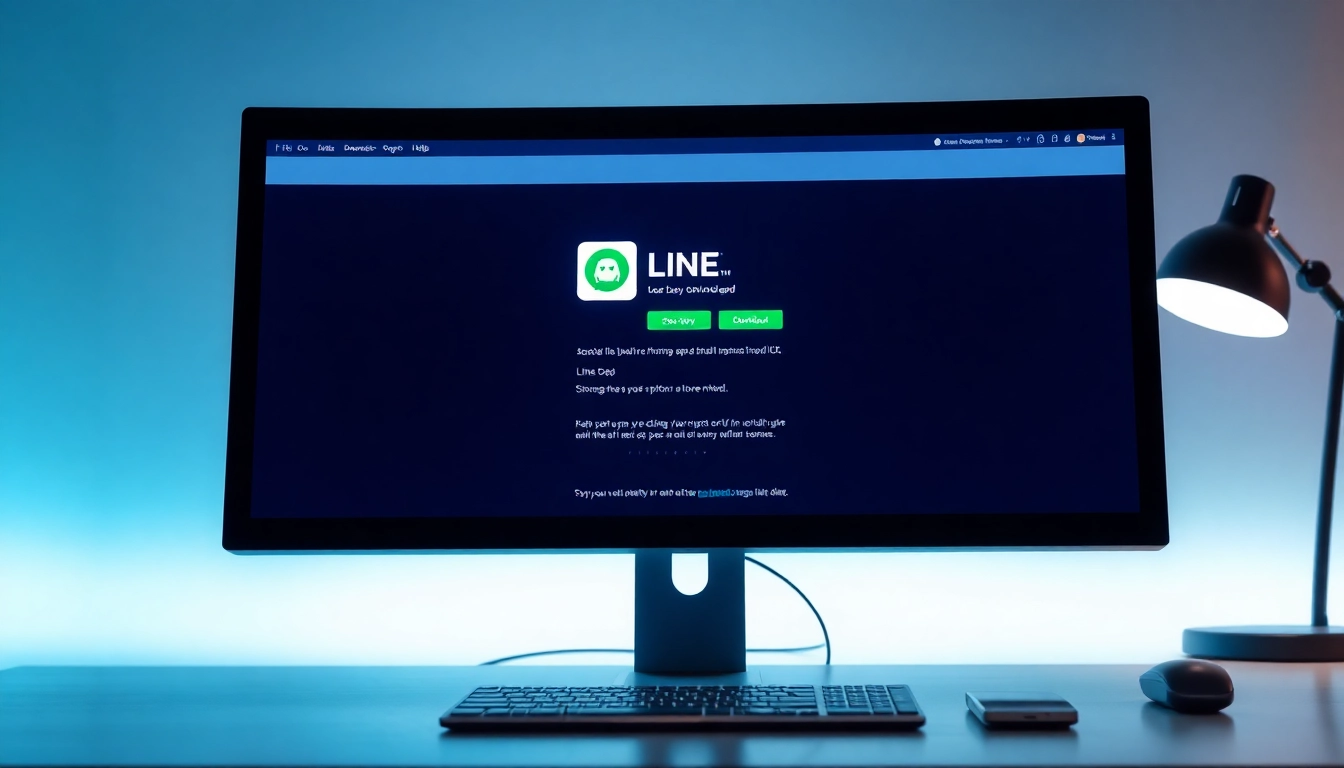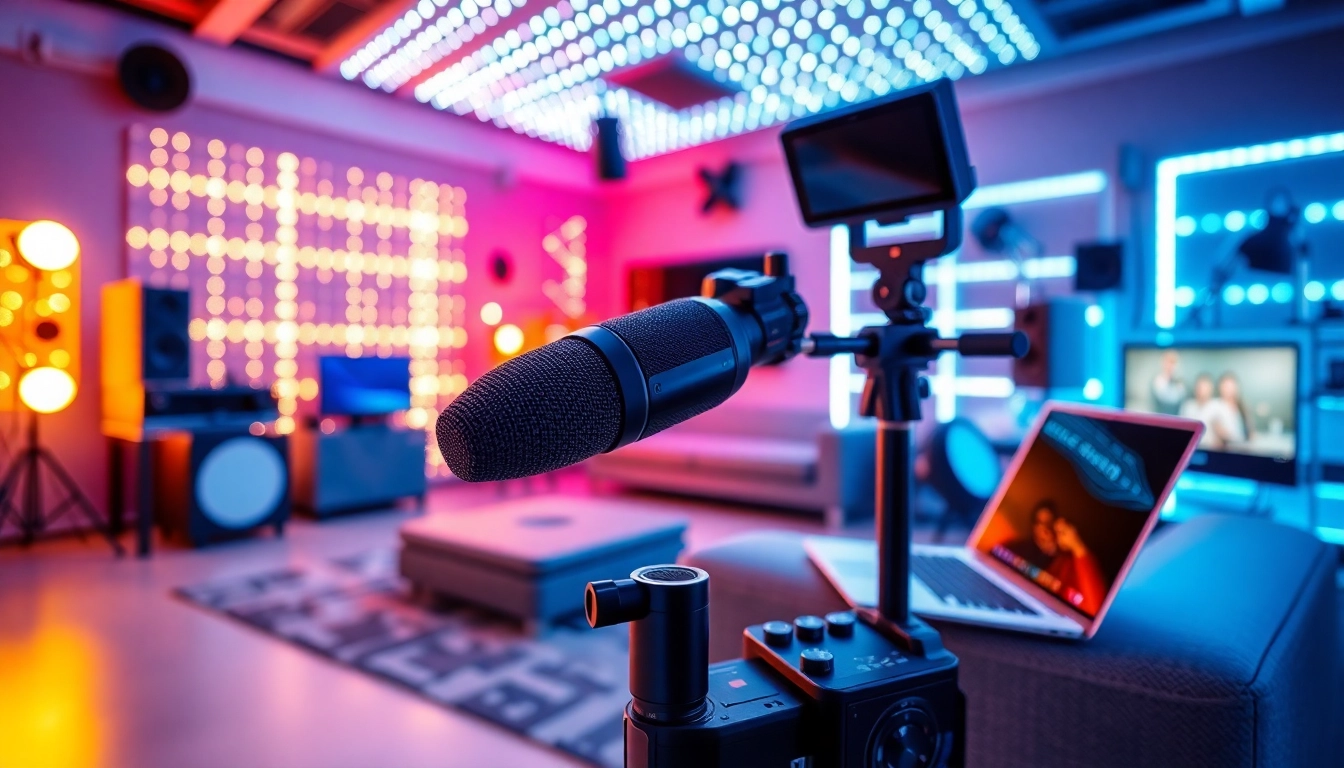Understanding AI Detectors
In an age where artificial intelligence is rapidly reshaping our interaction with technology, the ability to distinguish between human-generated and AI-generated content has become crucial. This is where the ai detector comes into play. Whether for educational purposes, content creation, or maintaining content integrity, understanding AI detection tools is vital for users across various sectors.
What Is an AI Detector?
An AI detector is a sophisticated tool designed to analyze text and identify whether it has been created by artificial intelligence rather than a human author. It employs advanced algorithms and methodologies to assess the linguistic patterns, structures, and other indicators that signify AI-generated text. With the rise of AI technologies, such as ChatGPT and others, the demand for reliable detection mechanisms has surged, making AI detectors essential for ensuring authenticity in a digital landscape rife with advanced content creation tools.
How AI Detectors Work
AI detectors utilize a range of techniques, including machine learning models trained on vast datasets of both human and AI-generated text. The primary steps involved in how these detectors operate include:
- Training Phase: Machine learning algorithms are trained on numerous examples of both human-written and AI-generated content, allowing them to recognize different writing styles and characteristics.
- Feature Extraction: Various linguistic features, such as sentence structure, vocabulary richness, and grammatical accuracy, are extracted and analyzed.
- Scoring and Classification: The detector assigns a score or label based on the likelihood that a particular piece of text was generated by AI, often utilizing techniques like anomaly detection and pattern recognition.
Importance of Detecting AI-Generated Content
The ability to differentiate between human and AI-generated content holds significant implications across multiple fields:
- Academic Integrity: In educational settings, maintaining the authenticity of student submissions is crucial. AI detectors help educators identify academic dishonesty.
- Content Authenticity: For content creators and marketers, ensuring that published work maintains a human touch can significantly impact audience engagement and trust.
- Legal and Ethical Considerations: As the use of AI-generated content grows, so do the concerns regarding copyright and intellectual property. Detection tools play a role in addressing these ethical issues.
Types of AI Detectors Available Today
The landscape of AI detectors is diverse, offering various functionalities and features tailored to user needs. Understanding the differences can guide individuals and organizations in selecting the right tool for their purposes.
Free vs Paid AI Detector Tools
AI detectors can be broadly categorized into free and paid tools. Free tools often serve basic functions and provide an accessible entry point for users looking to validate content. However, they may have limitations in terms of accuracy and advanced features. On the other hand, paid tools often include:
- Advanced algorithms for more accurate detection
- Detailed analytics and reporting features
- Integration capabilities with content management systems
Choosing between free and paid options often boils down to individual requirements, frequency of use, and the level of detail needed in analysis.
Comparison of Popular AI Detectors
There are several AI detectors available in the market, each offering unique features. Key attributes to consider when comparing tools include:
- Detection Accuracy: The ability to accurately identify AI-generated content is paramount. Some tools have shown higher accuracy rates than others based on user feedback and testing.
- User Interface: A user-friendly interface can enhance overall user experience and facilitate quick assessments.
- Customer Support: Access to responsive customer service can be important, particularly for users requiring immediately assistance.
When possible, conducting trials or reading user testimonials can aid in making an informed decision.
Choosing the Right AI Detector for Your Needs
Selecting the appropriate AI detector involves understanding your specific context and requirements. Here are some pointers to consider:
- Purpose: Define whether the detector is for educational, marketing, professional writing, or other contexts.
- Frequency of Use: For frequent users, investing in a paid tool may yield better long-term benefits.
- Integration Requirements: If you regularly use certain platforms for writing or content management, ensure compatibility.
How to Effectively Use an AI Detector
Once an AI detector has been selected, understanding how to use it effectively is essential to leverage its full potential.
Step-by-Step Guide to Analyzing Text
Using an AI detector typically involves the following steps:
- Text Input: Copy and paste the text you wish to analyze into the tool’s interface.
- Run the Analysis: Click the analyze or check button to initiate the evaluation. Depending on the tool, the analysis may take several seconds.
- Review the Results: Examine the output provided by the tool, which may include a score indicating the likelihood of AI generation, along with suggestions for improvement or modification.
- Make Adjustments: If necessary, revise the text based on the detector’s feedback before finalizing.
Common Mistakes When Using AI Detectors
While AI detectors are powerful tools, users may encounter pitfalls that can skew results or hinder effectiveness. Common mistakes include:
- Ignoring Tool Limitations: Relying solely on the detector without understanding its capabilities and limitations can lead to overconfidence in results.
- Pasting Incomplete Text: Submitting partial content may produce inaccurate assessments; it’s essential to analyze full articles or responses.
- Neglecting Context: Failing to consider the context in which the text was created can impact evaluation. AI detectors may vary in effectiveness depending on the genre or style of writing.
Tips for Maximizing Detection Accuracy
To achieve the best results from an AI detector, users can implement several best practices:
- Use Complete Text: Always analyze entire pieces to provide the detector with context.
- Cross-Verify Results: Utilize multiple detectors for enhanced accuracy, especially when critical decisions depend on the outcomes.
- Stay Updated on Tools: Regularly review updates or changes in detection algorithms to understand their impact on accuracy.
Real-World Applications of AI Detectors
The applications of AI detectors extend across various sectors, reflecting the growing importance of verifying content authenticity.
Using AI Detectors in Education
In the educational context, AI detectors are invaluable tools for maintaining academic integrity. Educators can use these tools to:
- Detect instances of cheating where students might submit AI-generated texts.
- Educate students about the ethical implications of AI usage.
- Encourage original thought and creativity among learners.
AI Detectors in Content Creation
Content creators face pressures to produce high-quality and original material. AI detectors come into play by assisting in the following ways:
- Ensuring that content meets originality standards.
- Providing insights and feedback to enhance human-like writing styles.
- Reducing the time spent on revisions by pre-emptively identifying AI-like characteristics.
Industry Implications of AI Detection Technology
The proliferation of AI detectors is reshaping industries, particularly where content authenticity is paramount. Businesses are using detection tools for:
- Boosting consumer trust by ensuring transparency in marketing messages.
- Assessing contributions from freelance writers to maintain brand voice.
- Enhancing compliance with regulatory standards concerning content authenticity.
Future Trends in AI Detection
As AI technologies evolve, so too must the tools designed to detect them. Looking ahead, several trends will likely shape the future of AI detection.
Advancements in Detection Algorithms
With continuous improvements in machine learning and natural language processing, detection algorithms are expected to become more accurate and sophisticated. Future detectors may include:
- Enhanced ability to recognize nuanced writing styles, making them adept at identifying even subtly AI-generated texts.
- Integration of multimodal data analysis, where text evaluation is supplemented with images or other content types for more comprehensive assessments.
Impact of AI Detectors on Content Authenticity
As AI technology continues its expansive reach, the role of AI detectors in preserving content authenticity will become even more critical. Stakeholders will increasingly rely on these tools to:
- Establish credibility in journalism and communication by ensuring that information provided is from verified sources.
- Facilitate clearer lines between human and AI contributions in mixed media.
Preparing for Emerging Technologies in AI Detection
Organizations and individuals alike must stay vigilant and prepared for the changes brought forth by evolving AI detection technology. Suggested measures include:
- Regular training on detection methods and tools to stay ahead of AI advancements.
- Participating in discussions regarding ethics and best practices for AI content utilization.
- Engaging with evolving technology to understand new risks and benefits in the AI detection landscape.



